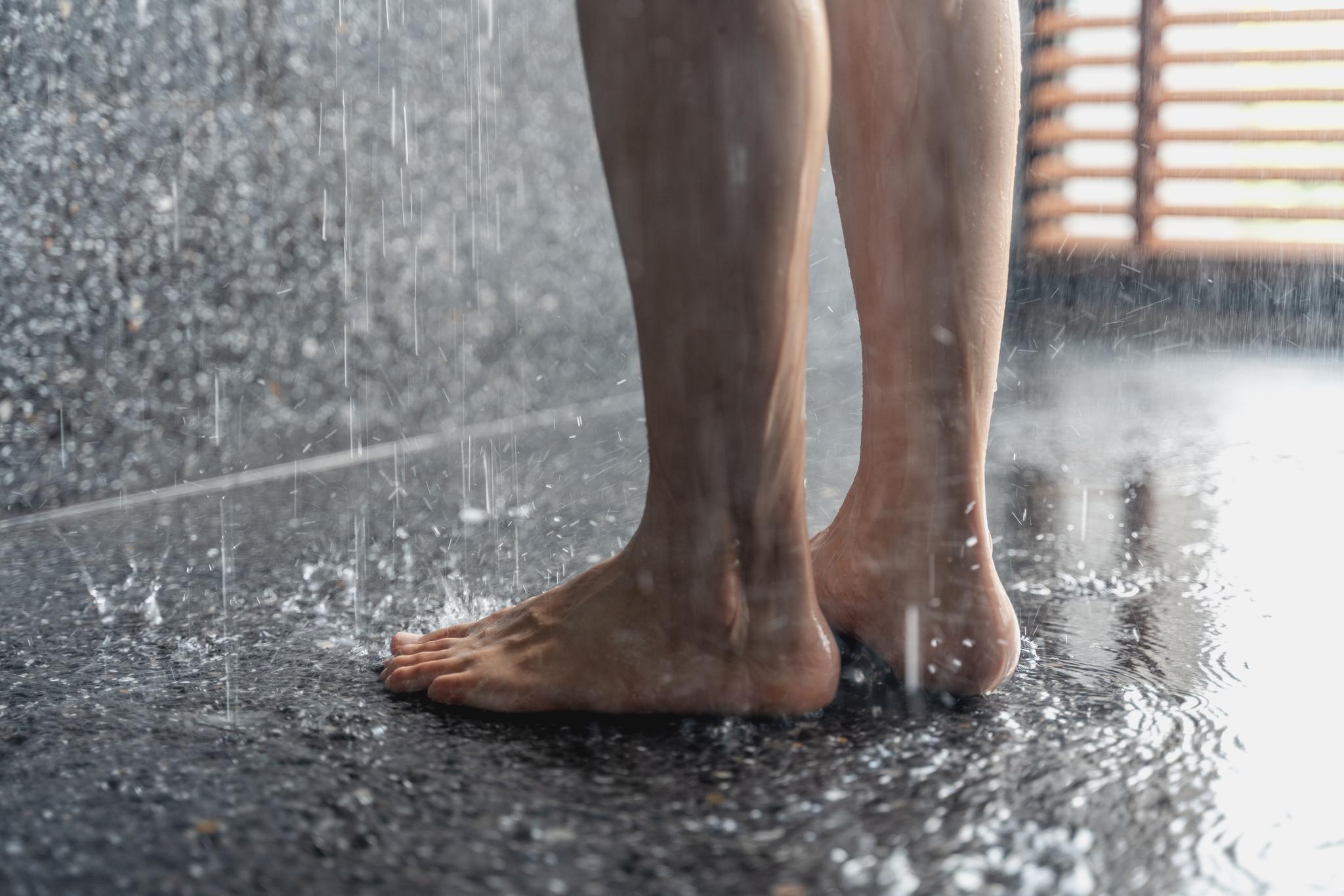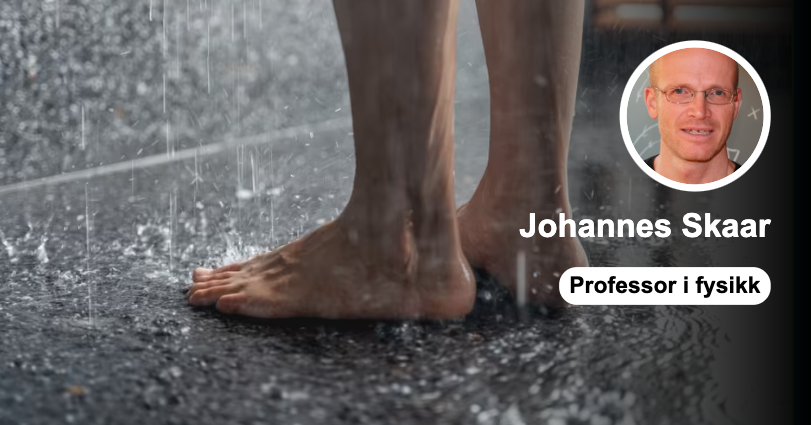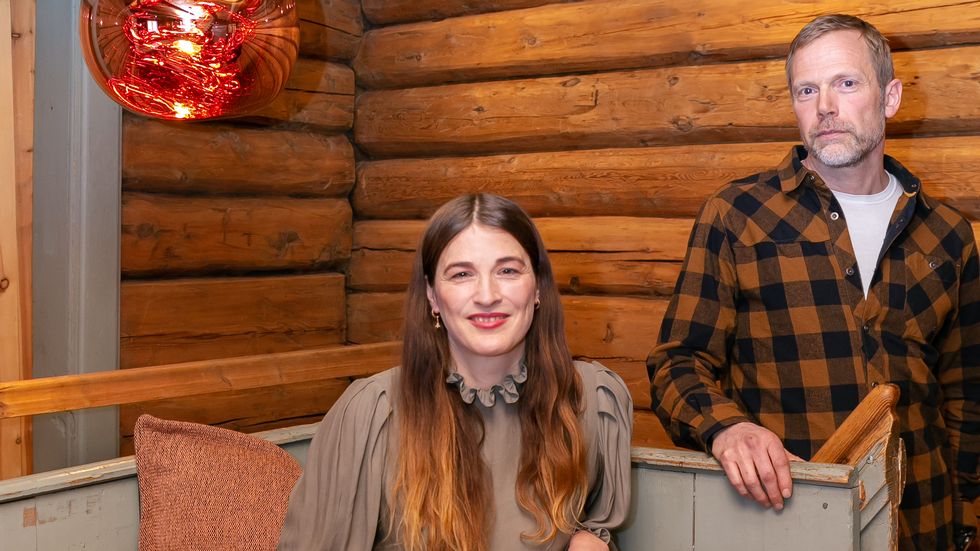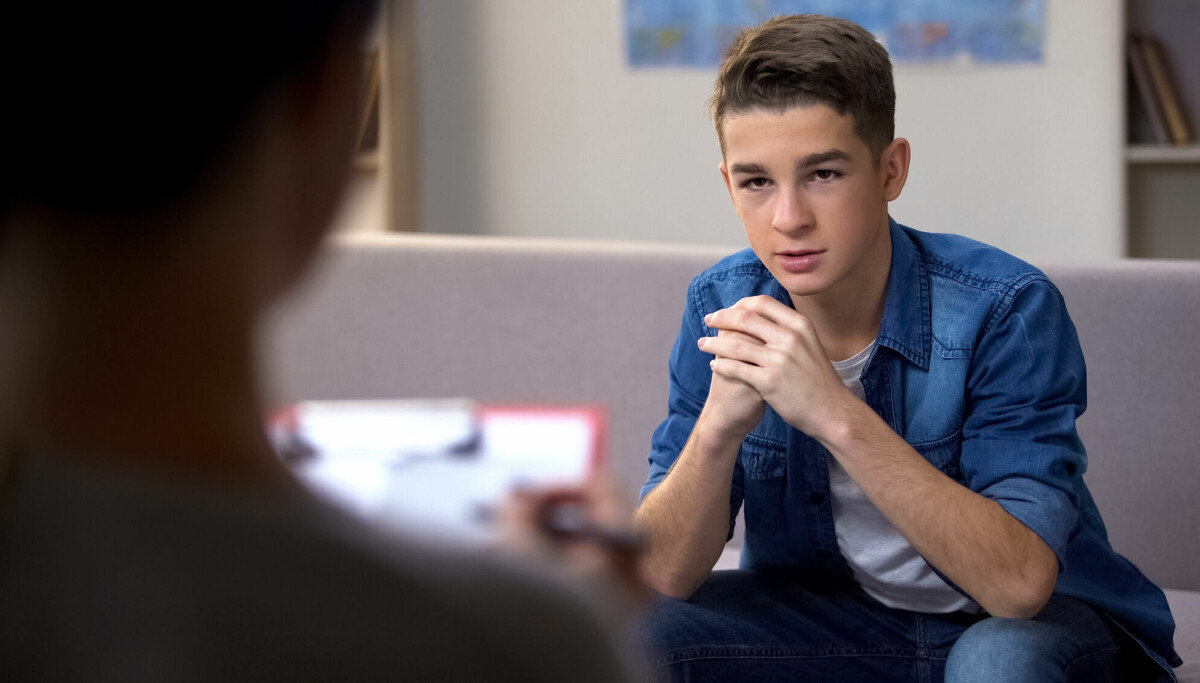
Use less electricity to evaporate.
There is no shortage of energy saving tips these days. But there is one piece of advice that is almost never mentioned: Use less electricity to evaporate.
If you use a powerful shower and finish showering within a few minutes, but spill the water and don’t drop it down the drain, you’ll actually be able to use just as much electricity drying the room and towel as it does hot water itself!
The heating cables in the shower have to work much harder to maintain the temperature at which the thermostat is set, when there is water to evaporate. Physics tells us that it takes a huge amount of energy to evaporate water.
What about the dryer?
A washing machine uses approximately 0.5 kWh for 40-degree washing, while evaporating or drying inside a heated room in winter can take approx. 2 kWh to 5 kWh, four to ten times more!
What about a clothes dryer? The water must also evaporate and thus use approximately the same amount of energy. The dryer will, of course, heat the room up a bit more, but it also condenses some of the water vapor and then gets some of the energy back.
So it is not necessary that clothes dryers consume more electricity than if you were to hang your clothes inside in the winter. But she wears more on clothes.
It’s not necessarily true that dryers use more electricity than if you hung your clothes inside in the winter
Many legends
Speaking of clothes dryers, there are also many other myths. For example, a half-empty freezer uses more electricity than a full freezer, as the food cools each other. Or is it not feasible to lower the temperature more than to bring it down to approx. 17 degrees, otherwise the spinning gain will go up when you have to warm the house again.
Another myth is that appliances in standby mode account for 20 percent of a household’s total electricity consumption. This must be true, because a modern TV on standby uses perhaps 2,000 times less energy than a plate oven, while a mobile phone charger uses 20,000 times less. Moreover, the small consumption will not go to waste in the winter, because it provides a little extra heat for the house.
How do we save electricity?
How can you save electricity in the winter? The vast majority of the electricity you use goes for heating, hot water, and evaporation. This is what you need to do something about. Forget about others. Some may also want to include lighting here. There’s no doubt that power goes to the lights as well, but assuming you’ve switched to LEDs and they don’t let a lot of light in all around, that probably won’t matter much.
To reduce the electricity used for heating, one could, for example, re-insulate, lower the temperature at night, and when you are not at home, lower the temperature in rooms you don’t use often, install a heat pump or light them on fire. Wood.
To reduce the electricity consumption of hot water, you can shower more efficiently. For example, don’t let the water run while taking a shower. Use the dishwasher, and do not rinse the dishes with hot water!
If you want to reduce flow to evaporation – don’t wash clothes until they are really dirty, and hang laundry outside when weather permits. And pour as little water as possible when you take a shower!

“Explorer. Unapologetic entrepreneur. Alcohol fanatic. Certified writer. Wannabe tv evangelist. Twitter fanatic. Student. Web scholar. Travel buff.”




